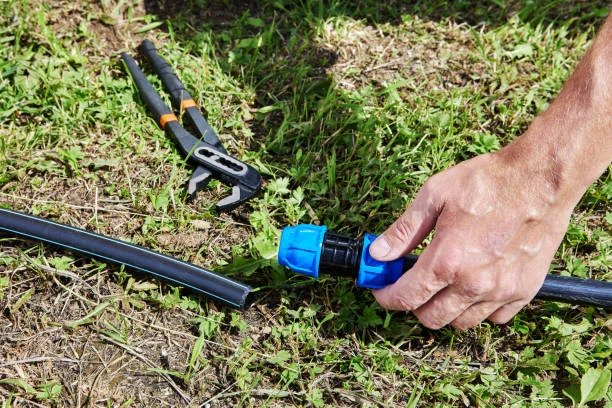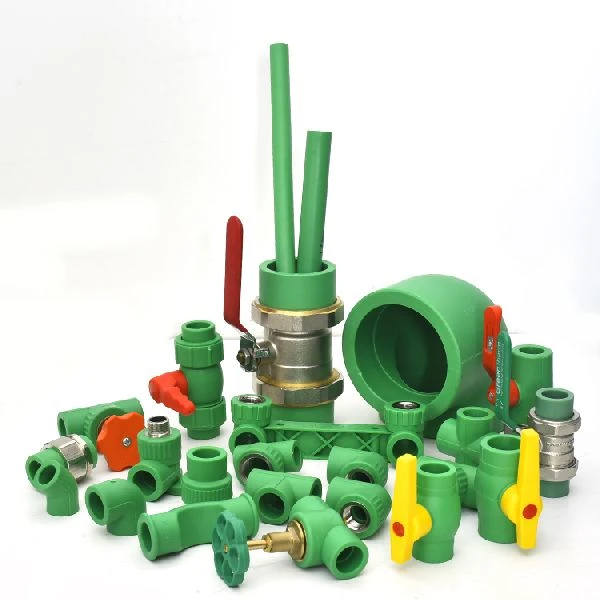When it comes to selecting the right fittings for your plumbing or construction projects, (High-Density Polyethylene) HDPE pipe fittings are often at the forefront of material choices. Renowned for their durability and versatility, these fittings play a critical role in ensuring the integrity of fluid transport systems. However, not all HDPE pipe fittings are created equal. Here are some key factors to consider when making your selection.
1. Material Quality
The quality of the HDPE material itself is crucial. High-density polyethylene is lauded for its excellent resistance to chemicals and moisture, making it ideal for various applications. Look for fittings that meet industry standards such as ASTM and ISO certifications. These ensure that the fittings are robust and reliable.
2. Type of Fitting
HDPE pipe fittings come in a variety of types, including:
- Elbows: Used to change the direction of the piping.
- Tees: For branching off the main line.
- Reducers: To connect pipes of different diameters.
Understanding the specific type of fitting you need will guide your purchasing decisions and ensure compatibility with existing systems.
3. Size and Dimensions
Size matters when it comes to HDPE pipe fittings. Make sure you choose fittings that match the diameter and specifications of your existing pipes. Proper sizing ensures optimal flow rates and reduces the risk of leaks.
4. Pressure Rating
Different applications require different pressure ratings. Ensure the HDPE pipe fittings you choose can handle the pressure demands of your system. Check the manufacturer’s specifications for pressure ratings to ensure safety and efficiency.
5. Temperature Resistance
Consider the temperature range that the fittings will be exposed to. HDPE is generally resistant to a wide range of temperatures, but extreme conditions may require specialized fittings. Verify the thermal properties of the fittings you’re considering.
6. Jointing Methods
HDPE fittings can be joined using various methods, including:
- Electrofusion: Uses heat to join the fittings and pipes.
- Butt fusion: Joins two pieces of pipe together using heat.
- Mechanical fittings: Use clamps and bolts for connection.
Choose a jointing method that suits your installation capabilities and project requirements.
7. Chemical Compatibility
If the pipes will transport specific chemicals, ensure the HDPE fittings are compatible with those substances. Some chemicals can degrade HDPE, leading to potential failures in your system. Always refer to compatibility charts provided by manufacturers.
8. Brand Reputation
Not all manufacturers are equal. Research the brands you’re considering. Look for manufacturers with a strong reputation in the industry, positive reviews, and good customer service. Reliable brands often provide warranties, adding an extra layer of security to your investment.
9. Cost Considerations
While it may be tempting to choose the cheapest option, it’s essential to consider the overall value. Sometimes, investing a bit more in high-quality HDPE pipe fittings can save you money in the long run by reducing the need for repairs or replacements.
10. Availability and Supply Chain
Ensure that the fittings you choose are readily available. A reliable supply chain is vital to prevent delays in your project. Check if the supplier can provide the fittings on time and in the quantities you need.
11. Environmental Considerations
Consider the environmental impact of your choices. Many manufacturers offer HDPE pipe fittings that are recyclable or made from recycled materials. Opting for eco-friendly options can enhance your project’s sustainability profile.

12. Installation Requirements
Some HDPE pipe fittings may require specialized tools or expertise for installation. Evaluate whether your team has the necessary skills and equipment. If not, factor in the cost of hiring professionals to complete the installation.
13. Warranty and Support
A good warranty can provide peace of mind. Check if the manufacturer offers a warranty on their HDPE pipe fittings. Additionally, having access to customer support can be invaluable if you encounter issues during installation or use.
14. Aesthetic Considerations
While functionality is key, aesthetic considerations may also play a role, especially in visible installations. Some HDPE pipe fittings come in various colors or finishes that may better suit your project’s design.
15. Regulatory Compliance
Finally, ensure that the HDPE pipe fittings comply with local regulations and building codes. Non-compliance can lead to costly fines and project delays.
Conclusion
Choosing the right HDPE pipe fittings is crucial for the success of any plumbing or construction project. By considering factors such as material quality, type of fitting, size, pressure rating, and more, you can make informed decisions that will ensure the longevity and efficiency of your system. Don’t rush the selection process; take the time to evaluate your options to achieve the best results.
FAQs
- What are HDPE pipe fittings used for? HDPE pipe fittings are used in various applications, including water supply, drainage, and chemical transport systems.
- How long do HDPE fittings last? HDPE fittings can last for several decades, often exceeding 50 years with proper installation and maintenance.
- Are HDPE fittings recyclable? Yes, HDPE fittings are recyclable, making them an eco-friendly choice for many projects.
- Can HDPE fittings handle high temperatures? HDPE fittings are generally resistant to a wide range of temperatures, but extreme conditions may require specialized fittings.
- What is the best way to join HDPE pipe fittings? The best joining method depends on your project requirements; common methods include electrofusion, butt fusion, and mechanical fittings.

















